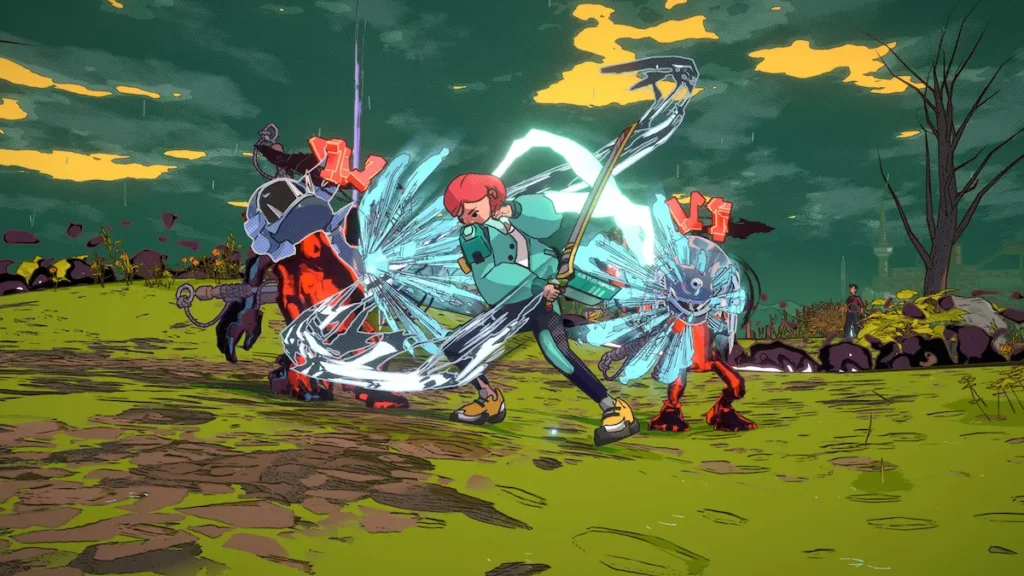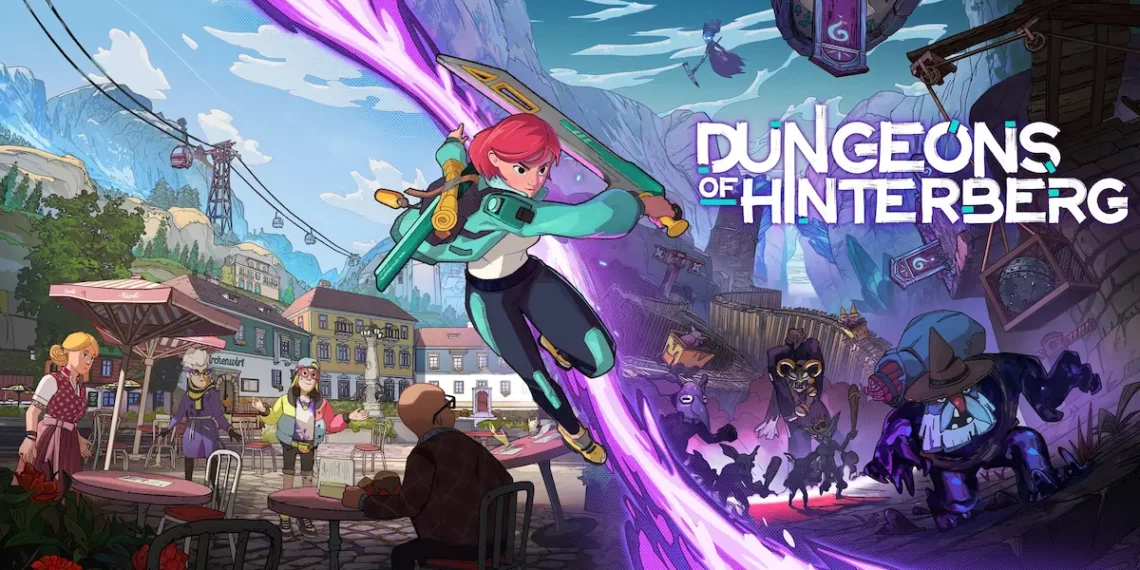Dungeons of Hinterberg is about Luisa, a young lawyer from Vienna, who finds it difficult to deal with the pressure of her profession and life.
Seeking break, she heads to the eye gazing Austrian mountain town of Hinterberg, which has recently become a hotspot due to the appearance of magic-infused dungeons.
These dungeons have drawn tourists from around the world, making sure of adventure and distraction. Luisa hopes that conquering these magical challenges will help her find clarity and a way in her life.
After the arrival of Luisa, her plan for a peaceful retreat has quickly ended. Hinterberg experiences a significant earthquake, and rumors shows that the unstable, overexploited magic is to blame.
As Luisa interacts with the locals and other tourists, she begins to realize that the town’s enchanting economy has a darker side. Her initial expedition for personal growth gets mixed with the unfolding mystery of Hinterberg’s magical turmoil, mixing her personal journey with the town’s larger narrative.
The game revolves around Luisa’s days into different time blocks. Mornings are for breakfast, afternoons for dungeon search or relaxation, evenings for town activities and socializing, and nights for unwinding or heading to bed.
These activities affect for key stats – familiarity, renown, relaxation, and amusement. Managing these stats adds a layer of strategic depth without becoming too weighty. For example, spending evenings watching reality TV can help Luisa access specific non-playable characters (NPCs).
Dungeon look around is central to Luisa’s experience. She travels into dungeons located in four different regions, each giving unique magic powers for battle and puzzle-solving.
The combat system is straightforward, increasing the game’s accessibility. Luisa’s main weapon, an Attack Conduit, transforms her into a powerful combatant, similar to a Beyblade, capable of dispatching enemies with ease.
The enemies, inspired by Alpine mythology, add a mischievous yet challenging element to the game. The puzzles range from simple block-pushing tasks to complex, multi-layered key activation sequences.
Dungeons of Hinterberg’s level structure and art direction are outstanding, with each dungeon showing the unique characteristics of its area.
Doberkogel’s caves and mines, Hinterwald’s everlasting autumn forests, Kolmstein’s snowy peaks, and Brunnelsumpf’s mystical swamp all gives visually stunning environments.
Kolmstein’s complicated puzzles and hoverboard pass across, along with Brunnelsumpf’s creative use of ruins and lighthouses, add depth to the gameplay.
But the boss fights are a weak point. While they draw on local mythology, they fall short of the challenge and strategic depth found in regular dungeon mobs. These encounters feel more like tiring hurdles than climatic battles, diminishing the game’s overall momentum.

The latter part of each day focuses on social interactions, adding a Persona-like layer to the game. Luisa can spend her evenings with various characters, gaining stat boosts, new abilities, and extra scenes.
This system captures the social dynamics of a small tourist town, where each NPC has their own reasons for being in Hinterberg. They are not simply plot devices but integral parts of the town’s fabric, increasing the setting and making Luisa’s interactions feel meaningful.
First of all, Luisa’s social circle is limited, but as she befriends more people, the social aspect of the game increases. This thing creates a tension between staying within her comfort zone or branching out to meet new people.
Each decision affects her relationships and the skills she can unlock. Some NPCs are fixtures in the town, while others appear often, adding variety to her social life.
As Luisa becomes more fused into Hinterberg’s community, she gains access to exclusive regions and events. Her progression shows the experience of a tourist becoming a temporary local, with each interaction deepening her connection to the town.
Conclusion
Dungeons of Hinterberg release date was July 18, 2024 worldwide. It defines a satisfying balance between social simulation and dungeon expedition. The game’s designed time division, makes sure a cordial blend of these elements.
Despite occasional combat monotony, the engaging puzzles and stunning environments keep the experience new. The Austrian setting, coupled with real-world themes like commercialization and burnout, grounds the imagination in relatable experiences.
Even as Luisa goes through magical challenges, the game feels true with the universal desire for self-discovery and escape. It captures the meaning of feeling lost and seeking purpose, filling it with a touch of magic. Dungeons of Hinterberg is a breath holding adventure that gives both a reflective journey and an attractive escape.
Also read: Darkest Dungeon 2 Review: A fast-Paced with Menacing Vibe



































